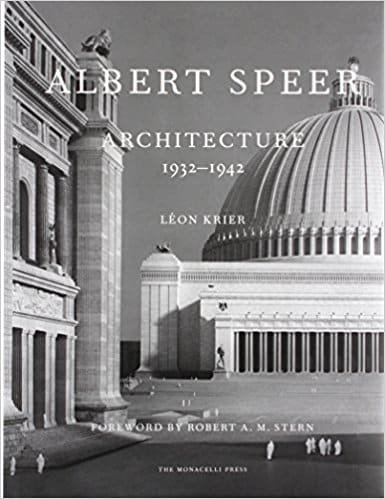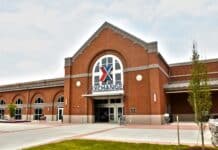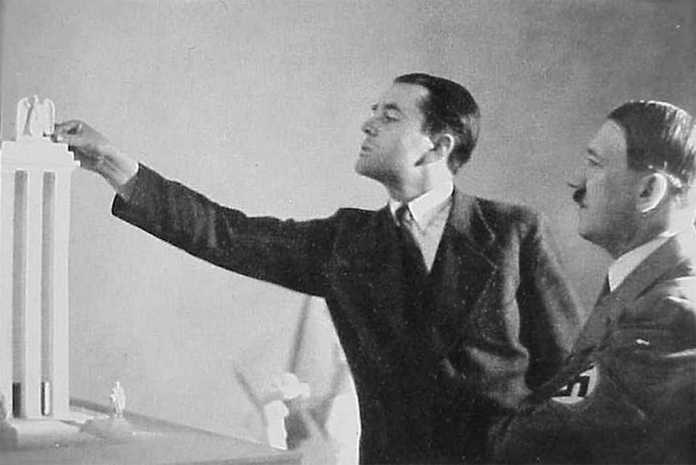On this 21st day of November in 1941, Albert Speer, Adolf Hitler’s chief architect and minister for armaments and war production, asks for 30,000 Soviet prisoners of war to use as slave laborers to begin a massive Berlin building program.
Speer was born March 19, 1905, in Mannheim, Germany. At the age of 22, he received his architectural license, having studied at three German technical schools. He became an ardent Nazi after hearing Hitler orate at a rally in late 1930, and joined the party in January 1931.
Hitler, always impressed by academic credentials and any kind of artistic or technical talent, made Speer his personal architect.
Among the projects with which the Fuhrer entrusted Speer was the design of the parade grounds for the Nuremberg Party Congress in 1934, which Leni Riefienstahl made famous in her famous propaganda film Triumph of the Will.
As minister of armaments and munitions, Speer’s job description expanded to include not only armament production and transportation, but also the direction of raw material use and finally the conscription of slave labor, culled from concentration camps, for war material production.
These slave laborers would come in handy for Hitler’s “new” Berlin.
Speer wanted to begin construction even as the war waged. Despite the drain on resources Hitler agreed. Speer beguiled the Fuhrer with models of a Great Hall for the Chancellery and a grand office for Goering.
But as the war turned against Nazi Germany, the rebuilding plans were scrapped. When the war was over, Hitler was dead, and Speer was tried as a war criminal at Nuremberg, the site of his grand parade, and sentenced to 20 years in Spandau prison in Berlin.

All content herein is owned by author exclusively. Expressed opinions are NOT necessarily the views of VNR, authors, affiliates, advertisers, sponsors, partners, technicians, or VT Network. Some content may be satirical in nature.
All images within are full responsibility of the author and NOT VNR.
Read Full Policy Notice - Comment Policy































